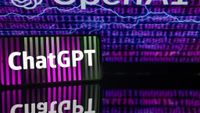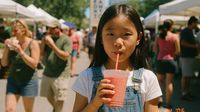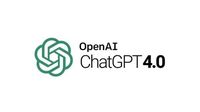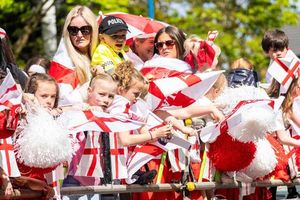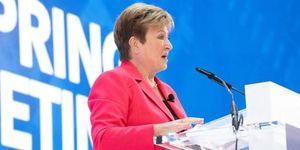OpenAI has unveiled a groundbreaking AI-powered image generator integrated into its latest model, GPT-4o, marking a significant leap in artificial intelligence capabilities. This new tool, launched on March 26, 2025, promises improved accuracy in rendering text within images and a better alignment with user prompts, enabling users to create visuals that evolve through ongoing conversational refinements.
OpenAI CEO Sam Altman expressed his excitement about the technology in a post on X, formerly known as Twitter, stating, "It's an incredible technology/product. I remember seeing some of the first images come out of this model and having a hard time believing they were really made by AI. We think people will love it, and we are excited to see the resulting creativity." He also congratulated the team behind the innovation, particularly Gabriel Goh, who was instrumental in its development.
The integration of this advanced image generation feature into ChatGPT positions OpenAI to compete directly with industry leaders like Midjourney, Stable Diffusion, and Adobe Firefly. Historically, AI-generated images have struggled with challenges such as text rendering and complex compositions. However, GPT-4o aims to address these issues by leveraging deep language-image understanding to produce images that feature structured text, symbols, and diagrams, enhancing both communication and aesthetics.
One of the standout features of GPT-4o is its multi-turn generation capability, allowing users to refine images through natural conversation. This is particularly beneficial for design applications, such as character creation or branding, where visual consistency is crucial. With the ability to accurately depict between 10 to 20 objects in a scene, GPT-4o has significantly increased the output capacity compared to previous models, which typically managed only 5 to 8 objects.
As the rollout of this feature begins, users across all subscription tiers—Plus, Pro, Team, and Free—can access the new image generation capabilities. OpenAI plans to extend this access to enterprise and educational users soon, with API support expected in the coming weeks. Users will still have the option to utilize DALL·E separately for those who prefer its outputs.
In a press release, OpenAI highlighted that the advancements in its image generation technology stem from training models on the joint distribution of online images and text. This training allows the system to not only understand how images relate to language but also how they relate to each other. The result is a model capable of generating images that are useful, consistent, and context-aware.
However, the integration of these new capabilities does not come without trade-offs. The model may still struggle with cropping longer images near the bottom and can misinterpret non-Latin languages or very small text. Additionally, while GPT-4o excels in many areas, it may not yet match the performance of dedicated tools like Midjourney or Photoshop.
OpenAI has also implemented several safeguards to ensure the responsible use of its image generation technology. All generated images will include C2PA metadata for transparency, and strict content policies will prevent the creation of explicit or harmful imagery. The company is committed to maintaining a safe environment by moderating both input text and output images against established safety standards.
The introduction of native image generation within ChatGPT represents a pivotal moment in the evolution of artificial intelligence, merging text, images, and other modalities into a unified platform. This update allows users to create, edit, and interact with images in ways that were previously limited to specialized tools. The seamless integration of these capabilities empowers users to bring their ideas to life without requiring advanced technical skills.
OpenAI's multimodal capabilities enable users to combine text prompts with images, refining and customizing outputs according to their specific needs. This flexibility is particularly valuable for various applications, including educational resources, marketing materials, and personal creative projects.
Looking ahead, OpenAI is dedicated to expanding the capabilities of GPT-4o's image generation features. Plans include further API integration, allowing businesses and developers to embed these tools into their own platforms and applications. The company is also focused on improving the system's speed and efficiency to meet the demands of an ever-growing user base.
As the technology continues to evolve, its potential applications will expand, shaping a future where AI-driven creativity becomes an integral part of everyday life. The introduction of native image generation in GPT-4o not only opens new opportunities for creative professionals, educators, and small business owners but also democratizes access to advanced tools, leveling the playing field for individuals and teams of all sizes.
In summary, OpenAI's latest advancements in image generation technology represent a significant step forward in the field of artificial intelligence. By integrating these capabilities directly into ChatGPT, OpenAI has created a powerful and accessible tool that enhances user creativity and productivity. As users begin to explore the possibilities offered by GPT-4o, it is clear that this innovation will have a lasting impact on how we interact with AI and create visual content.

